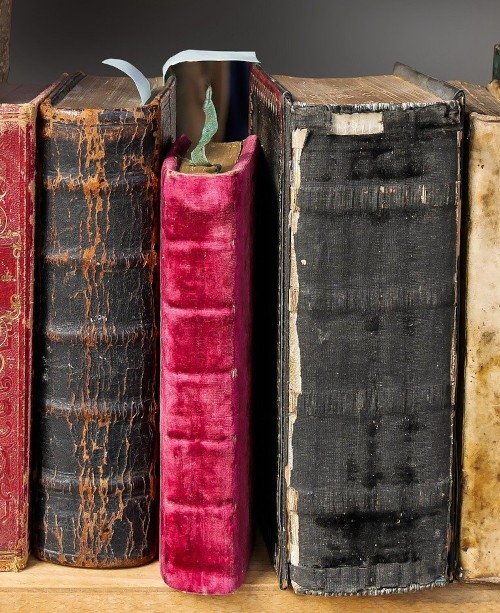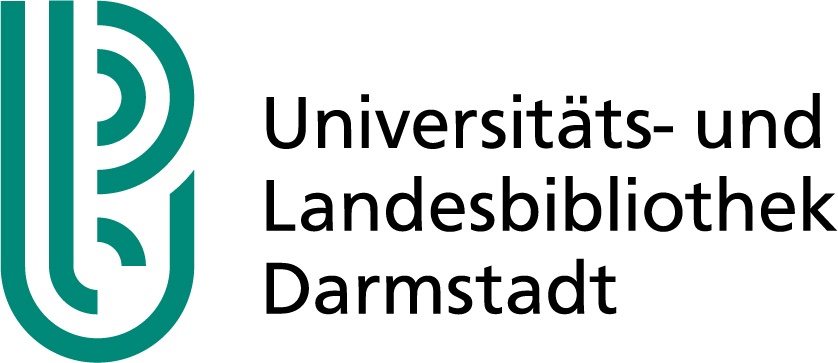
Manuscripts and Incunabula
ULB Darmstadt holds almost 4.000 manuscripts from the Middle Ages and early modern period, more than 2.000 incunabula and over 100.000 historical prints from before 1800.
Manuscripts
The holdings are from the early Middle Ages, late Middle Ages and early modern period – such as the two Nibelungen manuscripts. The instructional manuscripts comprise a large part of the collection: liturgical and prayer books from the theological field as well as legal and medical books. Illuminated manuscripts are very special, as they were usually commissioned.
Although most of the manuscripts are in Latin, there is a large quantity of others in German, mainly 15th century, and Middle Dutch manuscripts, which came from the Cologne collection of Baron Hüpsch. The occasional German commentary can be found in the Latin texts and a number of fragments have survived.
The Bible collection of Wedinghausen Monastery
A film about the Bible collection of Wedinghausen Monastery was produced in the rooms of the ULB for an exhibition on the occasion of the 850th anniversary of Wedinghausen Monastery. In addition to a number of manuscripts, 16 printed Bibles from the monastery were added to the holdings of the Darmstadt library via Grand Duke Ludwig I.
Incunabula and historical prints
It was around 1450 that Johannes Gutenberg developed book printing some 40 kilometres from Darmstadt. The printed works created up to the end of 1500 are known as incunabula or cradle prints. This invention meant that publications could be brought to an extensive readership quickly, in large quantities and simultaneously. One of the challenges of this invention lay in replacing the artistically crafted manuscripts with prints of equal artistic value. The ULB holdings contain many examples of this book printing art.



